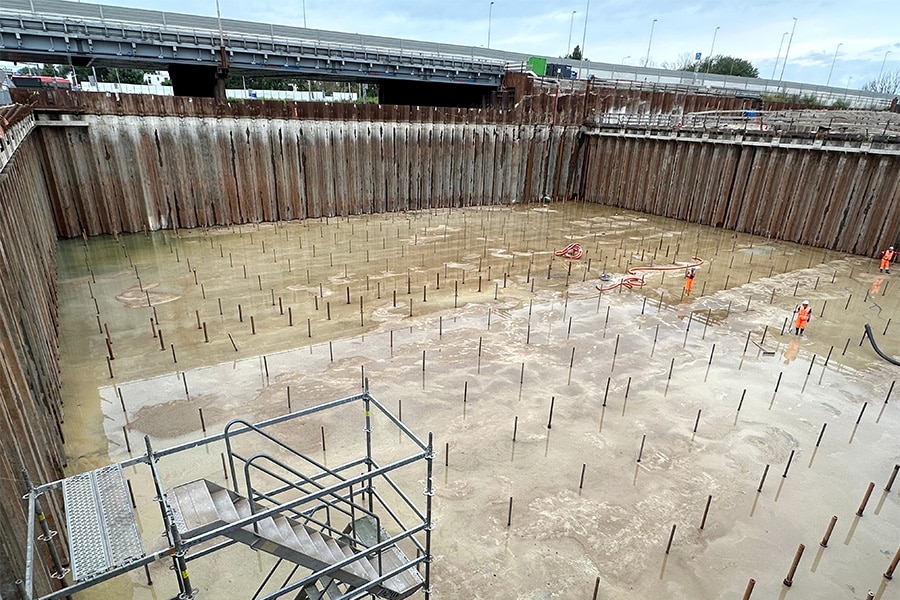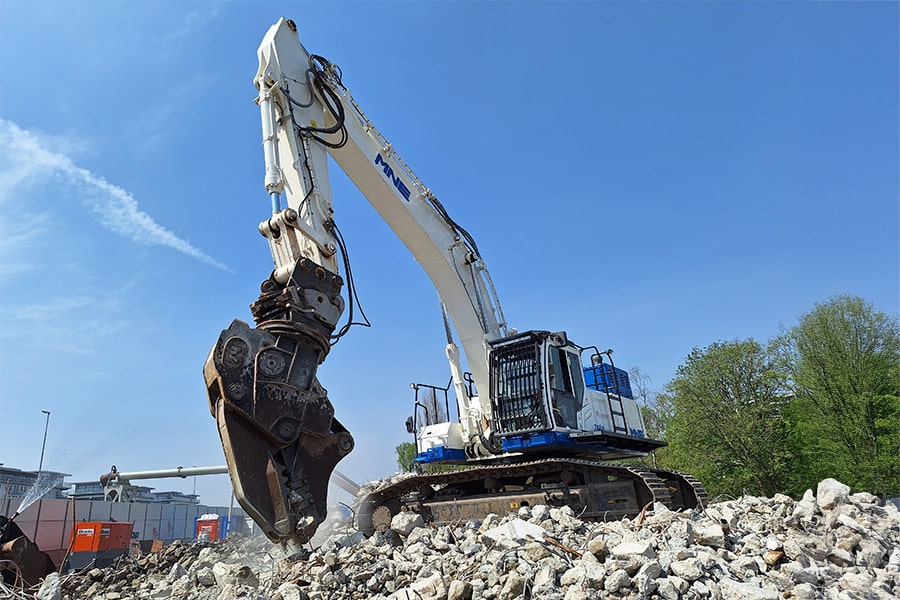
Railroads in the Netherlands have been the future from day one
In the 19th century, there was no awareness of mobility. Long distances were bridged via waterways and by horse and cart. Passenger transport consisted of horse and carriage and for short distances there was simply 'the pram'. No wonder that - also in the Netherlands - the arrival of the first train was viewed with suspicion. Wasn't the train too fast and therefore dangerous? And how safe is a pressurized steam boiler? Not to mention the noise of a locomotive, frightening to humans and animals.
Nevertheless, in 1839 the first railroad came into view. On September 20, this rail link between Amsterdam and Haarlem was festively opened. The steam locomotives "Snelheid" and "Arend" pulled the train from Amsterdam to Haarlem at a phenomenal speed of 38 km per hour, no less than 24 km per hour faster than the fastest horse-drawn carriage. This event ushered in a new era for both industrial and passenger transportation.

Older than our democracy
To place the event in time, I would like to refer to the first democratic Constitution in the Netherlands, signed by William II in 1848. He thus laid the foundation for the democratic principle in our country. Nine years after the first train made its appearance. And what about the first automobile in the Netherlands? On May 18, 1896, a Benz Victoria was delivered in Arnhem to the Hague court photographer Adolphe Zimmermans, who is believed to have become the first true motorist in the Netherlands. The first automobile had been spotted in the Netherlands 2 years earlier, but Zimmermans was the first to move around in this "self-propelled carriage. The introduction of the automobile into the Dutch street scene could count on the same distrust as happened to the train in 1839. Too fast, dangerous for man and horse, smelly and noisy.
Eventually, the Netherlands became increasingly mobile, more cars came and railroads were expanded. The operation of the various railroad lines was done by various railroad companies. After 1860, the government paid a hefty share in the expansion of the railroad network, a huge boost to the economy. The consequence of being able to transport goods and raw materials quickly and cheaply to all corners of the country made new industrial areas spring up like mushrooms. The train proved to be a huge catalyst for the industrialization of our little country. The new industrial cities make people move en masse from the poor countryside to the cities to work in industry. The train, besides being an important means of transportation for goods, becomes the most popular way for citizens to travel. By 1900, therefore, the train is the main mode of transportation, thanks to the comfort of travel and the ever expanding and improving connections. With this, mass tourism also takes off, creating a whole new economy in areas of interest to visit. The blueprint for our current society was thus drawn.

No more discussion about what time it is!
Did you know that for centuries cities set their own time? There was no uniform time or alignment of clocks. With the advent of an intensive railroad network, this was obviously very inconvenient, since trains run on a schedule. So in 1909, standard time was introduced in the Netherlands, all in the service of railroad schedules.

The train remains and has the future
The massive growth of car ownership has not been able to squelch the popularity of the train. Whereas in the early days of motorization the train received less attention, today the extreme increase in car traffic makes taking the train the best choice in many cases. Comfortably whizzing past traffic jams, arriving at stations that put you at the heart of the action and are set up as comfortable transfer stations. Train travel has become the sustainable alternative and looking to the future, the Dutch rail network is the 'gateway' for goods from port areas to the rest of Europe



